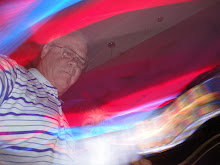| U.S. military
action in Vietnam was a piece in the global Cold War struggle. After
Vietnamese nationalists overthrew French colonialists in the 1950s, the
country was divided between the Communist north and the anti-Communist
south. In the ensuing conflict, Washington backed the south, fearing
that a Communist takeover could cascade through Southeast Asia. The
first U.S. forces engaged in the conflict in secret, by way of Cambodia.
As the civil war intensified in the 1960s, the United States expanded
its operations in the region, deploying some 3 million American troops
over time, but U.S. forces struggled to gain ground as they fought in
difficult and unfamiliar terrain against extremely capable in guerrilla
fighters. As the war dragged on and casualties mounted, opposition to
the war exploded. By the time American forces withdrew in 1975 and
Saigon fell to Ho Chi Minh's Communists, 58,000 Americans and between 1
million and 2 million Vietnamese had died. It was the longest war in
U.S. history and the most unpopular American war of the 20th century. In
this 1965 photo, paratroopers cross a river in the rain near Ben Cat,
in the south. |






















No comments:
Post a Comment
Click on the photo and when you see the + on your cursor click again for the full view. Next back space to view the blog.
Feel free to leave comments!
Tom & Nang